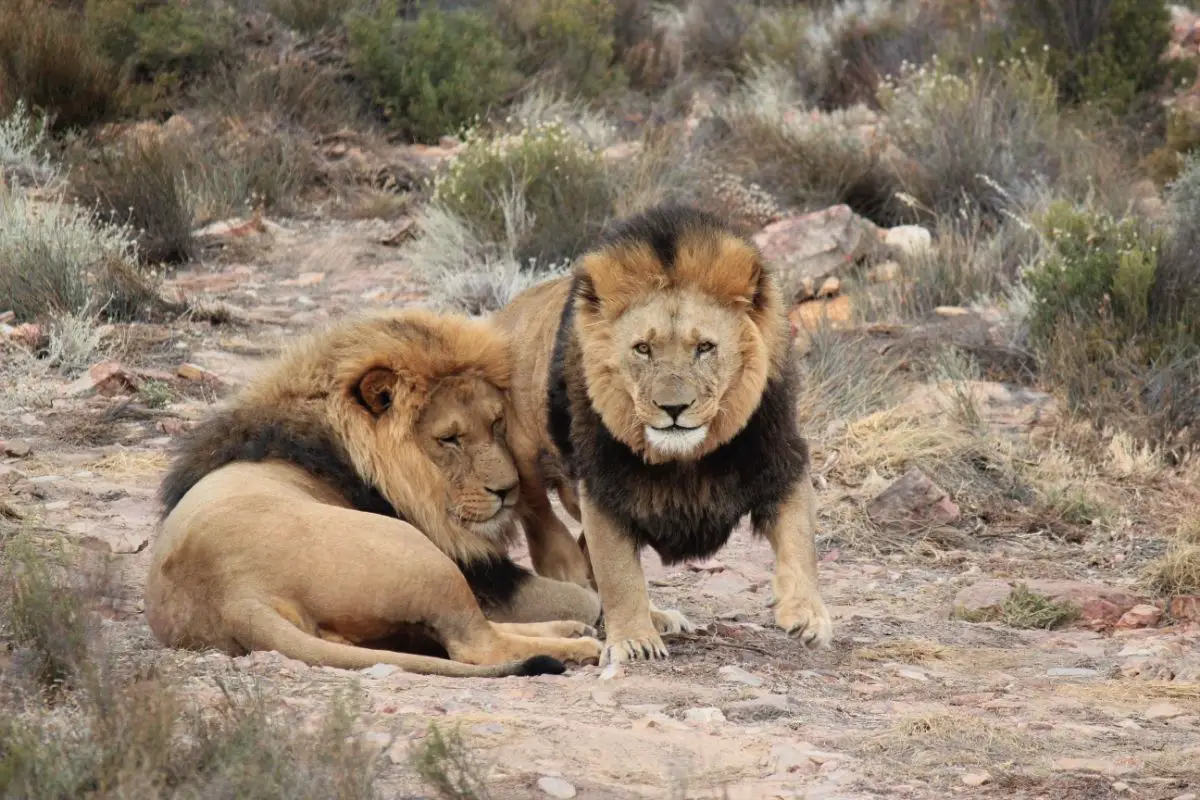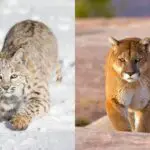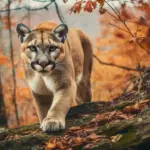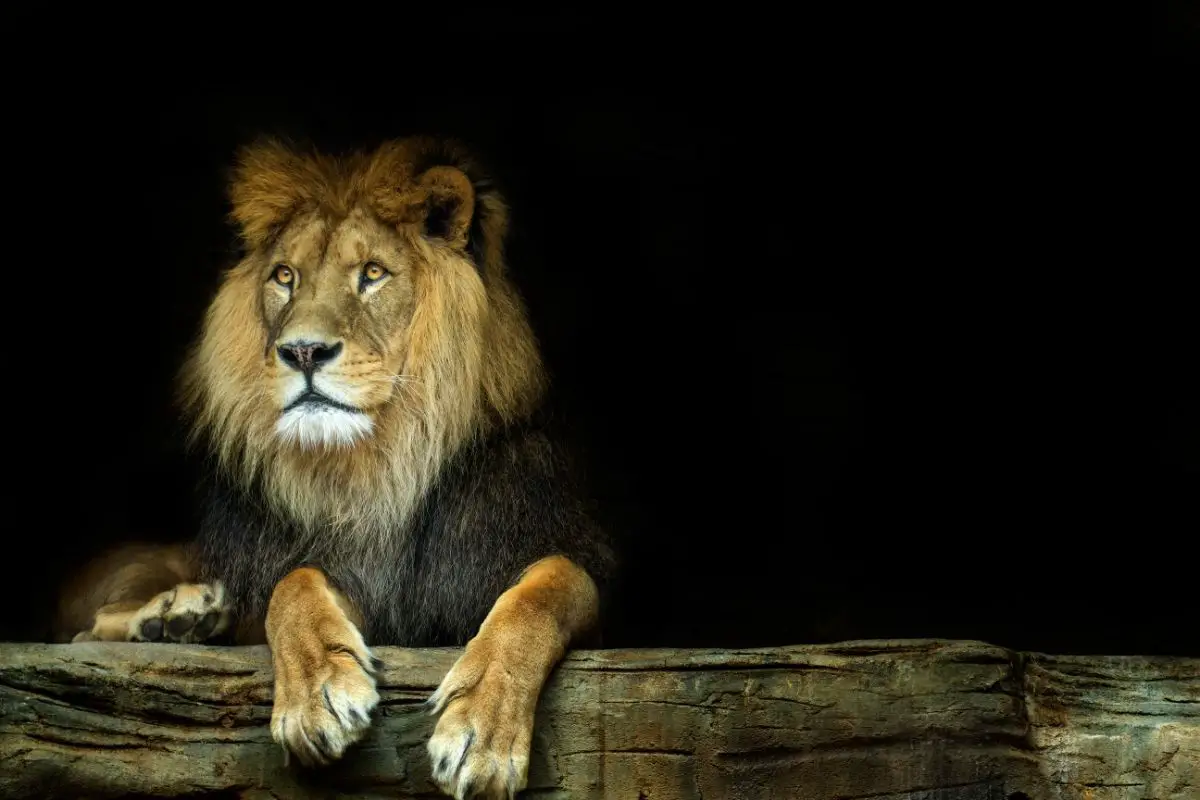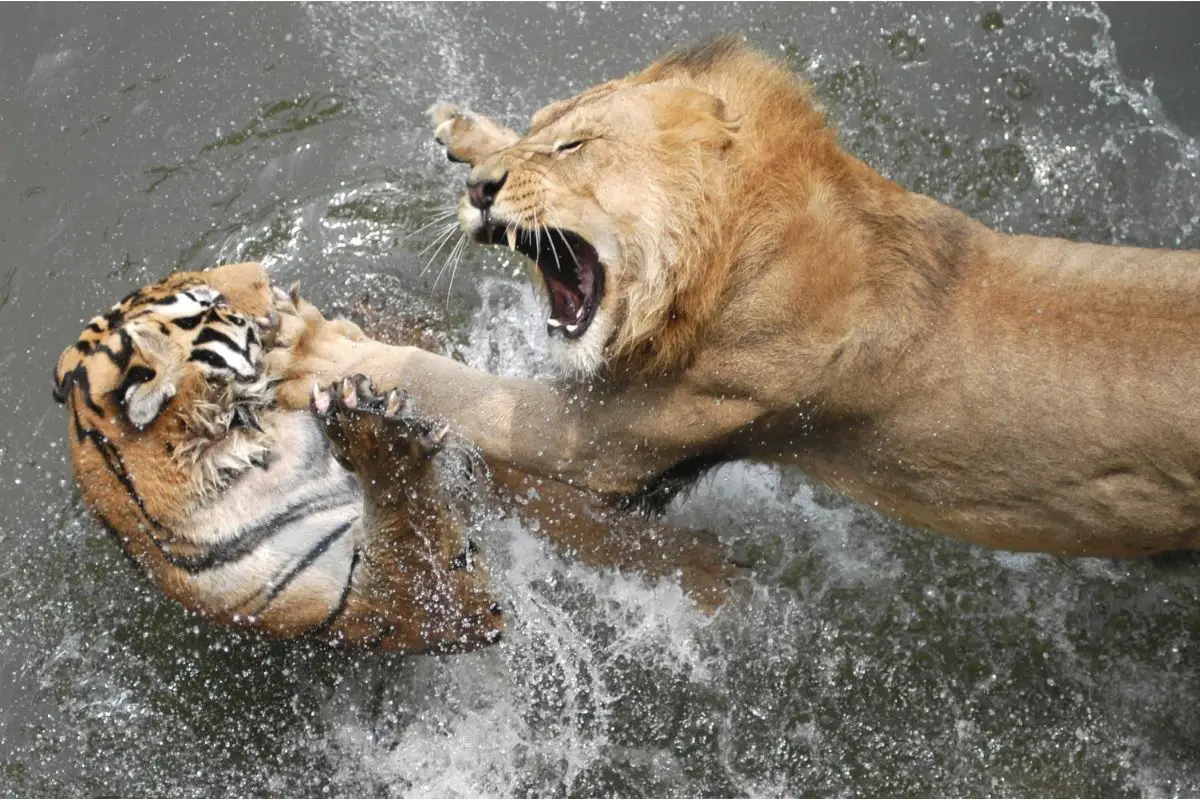The American lion, also known as the North American lion, was a subspecies of lion that once roamed North America.
It was larger than the modern-day African lion, and it is believed to have gone extinct around 10,000 years ago. The American lion was a top predator in its environment, and it is thought to have played an important role in the ecosystem.
The American lion is known from fossils that have been found in North America from Canada to Mexico. The fossils show that the American lion was a large cat, with males reaching lengths of up to 10 feet and weights of up to 800 pounds.
The American lion also had a number of features that made it different from the modern-day African lion, including a larger skull, shorter legs, and a more robust build.
The American lion is believed to have gone extinct around 10,000 years ago. The exact cause of its extinction is unknown, but it is thought to have been caused by a combination of factors, including climate change, hunting, and competition from other predators.
The American lion is an important part of North American history, and it is a reminder of the rich biodiversity that once existed on the continent.
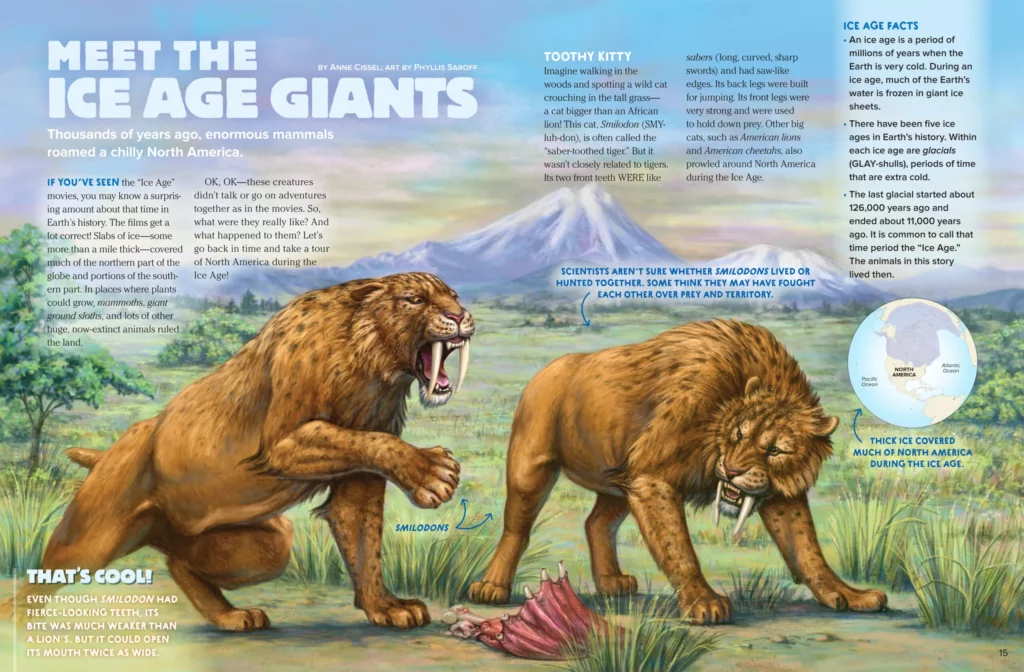
Were There Lions in the Great Plains?
Yes, there were lions in the Great Plains. The American lion, scientifically known as Panthera leo atrox, was a prehistoric species that roamed the great plains of North America during the Pleistocene era.
These majestic creatures were among the largest lions ever to have lived, with males reaching up to 1.2 meters at the shoulder and weighing in at around 420 kilograms.
The American lion was widespread across North America, from New York to California, and from Canada to Mexico.
The American lion went extinct around 10,000 years ago, at the end of the Pleistocene era. There are a number of theories about why the American lion went extinct, including climate change, hunting by humans, and competition from other predators such as the saber-toothed cat.
The American lion was a fascinating creature, and it is a shame that it is no longer with us. However, we can learn a lot about the American lion by studying its fossils and by studying the lions that are still alive today.
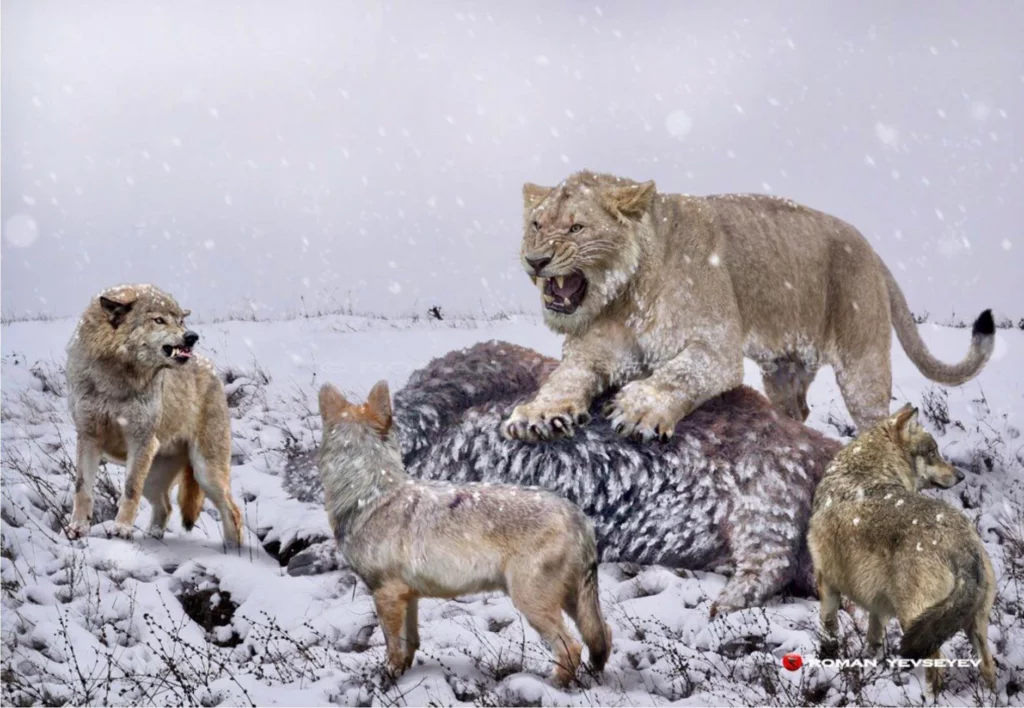
Is There Lions in America Today?
Today, there are no wild lions in America. The last American lion went extinct around 11,000 years ago at the end of the last Ice Age. However, lions can be found in zoos and wildlife reserves across the country.
The lion species that we are familiar with today, the African lion, once roamed much of Europe, Africa, and Asia. However, they have disappeared from 94% of their historic range and live mainly in Sub-Saharan Africa and India.
The main reasons for the decline of lions are habitat loss, hunting, and conflict with humans. Lions are an important part of the African ecosystem, and their decline has had a negative impact on the environment.
There are many conservation efforts underway to protect lions, but they are still considered to be a vulnerable species.
Here are some additional details about the decline of lions:
- Habitat loss: Lions need large areas of land to live and hunt. As human populations grow, they encroach on lion habitat, leading to habitat loss and fragmentation.
- Hunting: Lions are hunted for their meat, fur, and bones. They are also killed in retaliation for attacks on livestock or humans.
- Conflict with humans: Lions sometimes come into conflict with humans, either when they attack livestock or when they are hunted. This conflict can lead to the death of lions.
The decline of lions has had a negative impact on the environment. Lions help to control populations of other animals, such as zebras and wildebeest. When lions are removed from an ecosystem, these populations can increase, which can damage the environment.
There are many conservation efforts underway to protect lions. These efforts include:
- Creating protected areas for lions
- Reducing hunting
- Educating people about lions and the importance of conservation
Despite these efforts, lions are still considered to be a vulnerable species. It is important to continue to support conservation efforts to ensure the survival of lions.
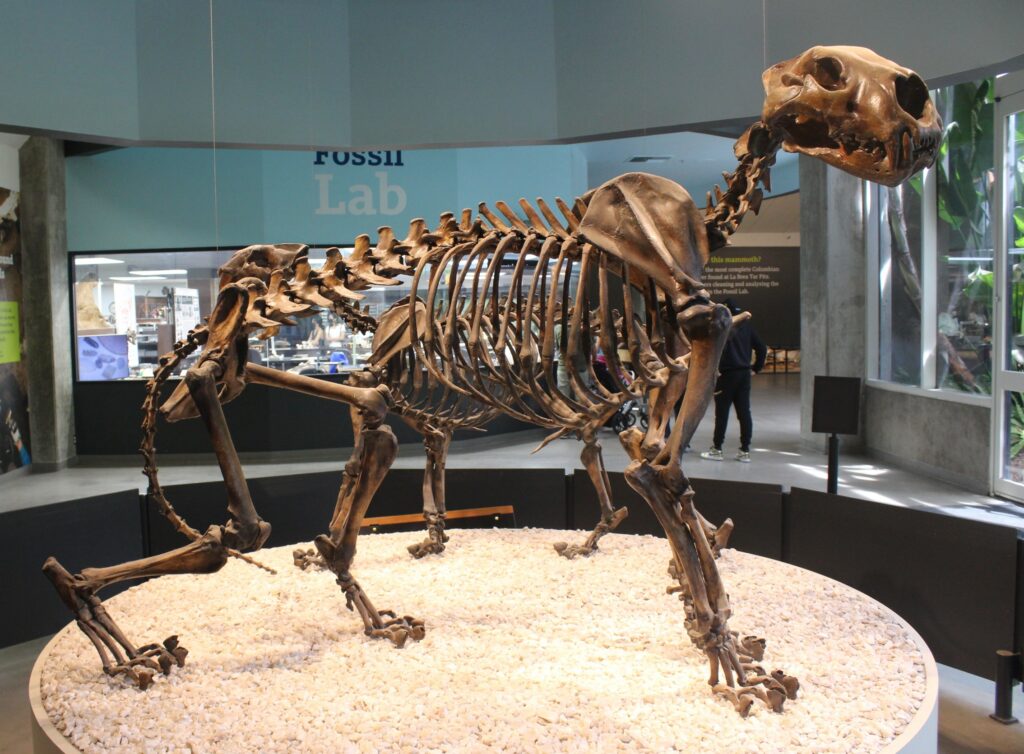
The American Lion: A Prehistoric Giant
The American lion, scientifically known as Panthera leo atrox, was one of the largest types of cat ever to have lived. It was about 25% larger than the modern African lion, with males reaching weights of up to 800 pounds.
Fossil evidence shows that these lions were widespread across North America, from New York to California, and from Canada to Mexico.
The American lion was a formidable predator and was likely one of the apex predators in its ecosystem, alongside other large carnivores such as the saber-toothed cat and the dire wolf.
The American lion went extinct about 10,000 years ago, at the end of the Pleistocene epoch. The exact cause of its extinction is unknown, but it is likely that a combination of factors, including climate change, habitat loss, and competition from other carnivores, played a role.
The American lion is a fascinating and iconic creature, and its extinction is a great loss to the natural world.
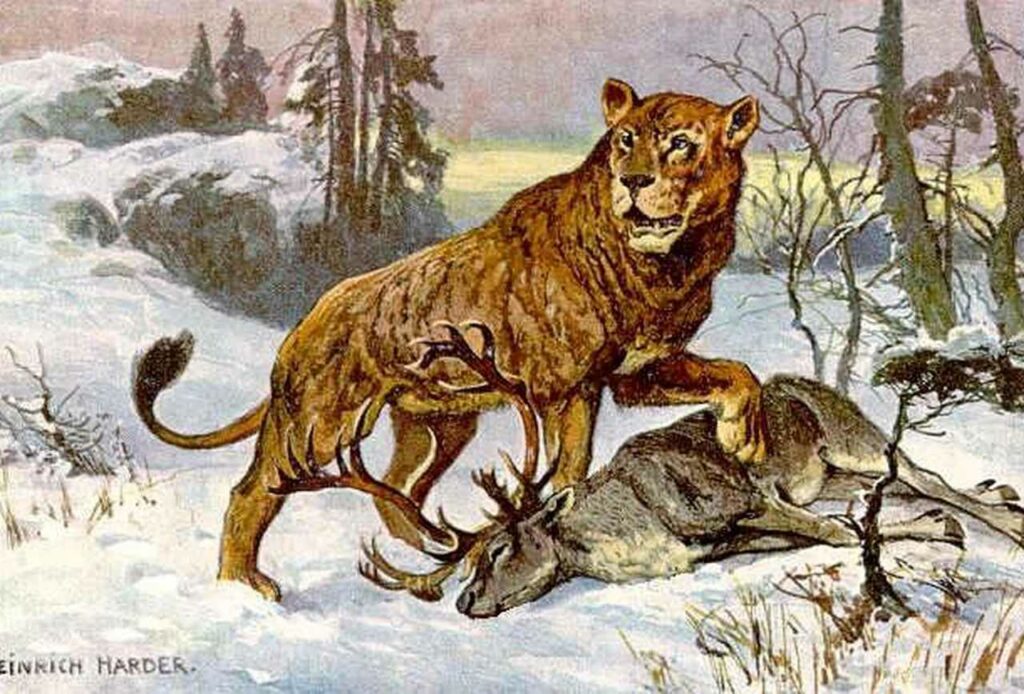
When Did Lions Go Extinct in North America?
The American lion went extinct around 11,000 years ago, at the end of the Pleistocene era. This extinction coincided with the disappearance of many other large mammals during a period known as the Quaternary extinction event.
The exact cause of this mass extinction event is still a topic of debate among scientists, but it is generally believed to have been driven by a combination of climate change and overhunting by humans.
Climate change during the Pleistocene era caused a significant reduction in the amount of available habitat for large mammals, such as the American lion.
This reduction in habitat forced these animals to compete with each other for resources, which may have led to their decline. Additionally, climate change may have also made it more difficult for these animals to find food, which could have further contributed to their decline.
Overhunting by humans is another possible cause of the extinction of the American lion. Humans were known to hunt large mammals during the Pleistocene era, and it is possible that they hunted the American lion to extinction.
Overhunting could have led to a decline in the population of the American lion, making it more vulnerable to other threats, such as climate change.
It is likely that a combination of climate change and overhunting by humans led to the extinction of the American lion. Further research is needed to determine the exact cause of this extinction event.
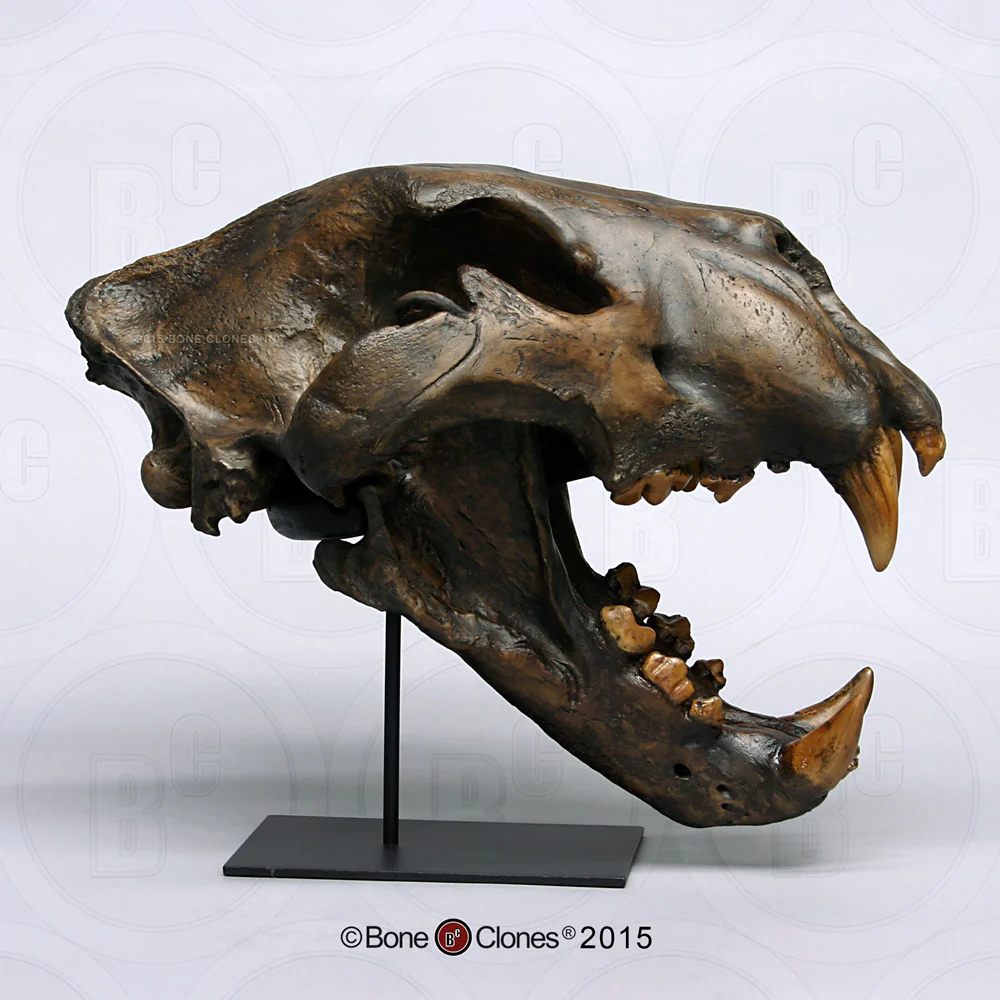
The American Lion Fossil Record
American lion fossils have been found in various parts of the United States, including California, Florida, Kansas, and Texas. The most notable of these is the La Brea Tar Pits in Los Angeles, where numerous well-preserved skeletons have been discovered.
These fossils provide valuable insights into the life and behavior of these prehistoric creatures. For example, scientists have learned that American lions were apex predators that hunted large prey, such as bison and mammoths.
They have also learned that American lions were social animals that lived in prides. The fossils also help scientists understand the environment in which these animals lived and how they interacted with other species.
For example, scientists have learned that American lions lived in a variety of habitats, including grasslands, forests, and swamps.
They have also learned that American lions interacted with a variety of other species, including saber-toothed cats, dire wolves, and mammoths.
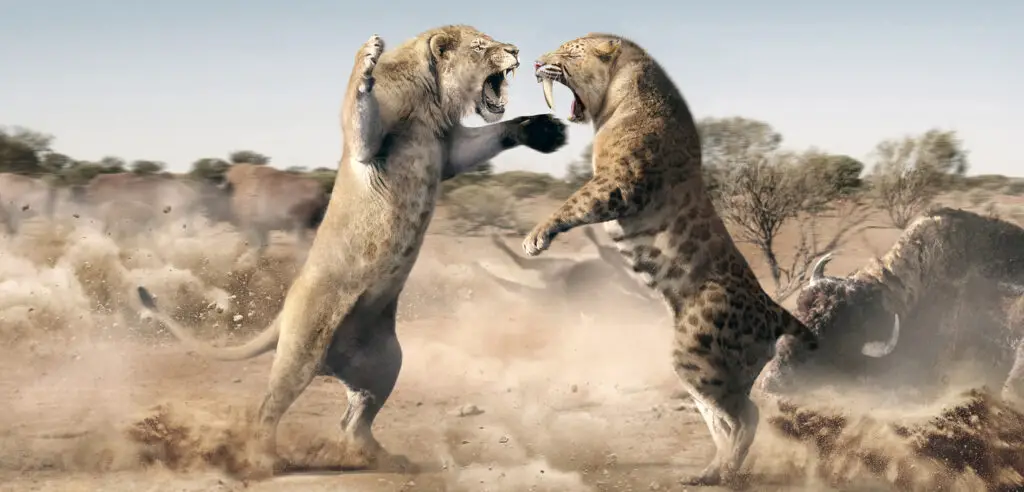
The North American Cave Lion
The North American cave lion, also known as Panthera leo spelaea, is another prehistoric cat species that lived in North America during the Pleistocene era.
It was similar in size to the modern African lion, and it is believed to have been a close relative of the Eurasian cave lion. The North American cave lion was a formidable predator, and like the American lion, it played a crucial role in the ecosystems of the time.
The North American cave lion was a large cat, with males reaching weights of up to 500 pounds. It had a long, thick coat of fur that helped it to survive in the cold climates of North America.
The North American cave lion was a skilled hunter, and it preyed on a variety of animals, including bison, elk, and deer. It is also believed to have hunted humans on occasion.
The North American cave lion went extinct around 10,000 years ago, at the end of the Pleistocene era. The exact cause of its extinction is unknown, but it is likely that a combination of factors, including climate change and hunting by humans, contributed to its demise.
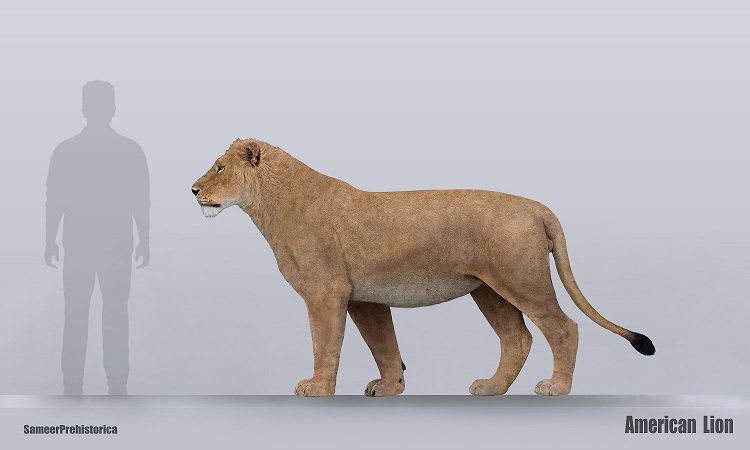
How Big Was the American Lion?
The American lion was one of the largest cats ever to have lived. Males could reach lengths of up to 2.5 meters from head to body, with a tail of up to 1 meter.
They could weigh up to 420 kilograms. This makes the American lion one of the largest known lion species and one of the largest carnivores that ever existed on land.
The American lion was significantly larger than the modern African lion, weighing up to 800 pounds compared to the African lion’s 550 pounds.
This size difference is significant and would have made the American lion a formidable predator in its ecosystem. Its large size likely allowed it to tackle larger prey, such as bison and elk, and compete with other large carnivores for resources, such as the saber-toothed cat.
The American lion also had a more robust build than the African lion, with a larger head and neck. This would have given it an advantage when fighting other predators or when taking down large prey.
Final Word
The American lion, a magnificent creature that once roamed the plains of North America, is a fascinating subject of study for paleontologists and cat enthusiasts alike.
Although they are no longer with us, their legacy lives on in the fossil record, providing us with a glimpse into the rich biodiversity of prehistoric North America.
- Sink Your Teeth Into This: Analyzing the Powerful Lion Bite Force - September 8, 2023
- Siberian Tigers: Everything You Need To Know - September 4, 2023
- Do Lions Eat Humans? Understanding Lion Aggression and Risks - September 4, 2023


